Biosecurity and surveillance in times of avian influenza
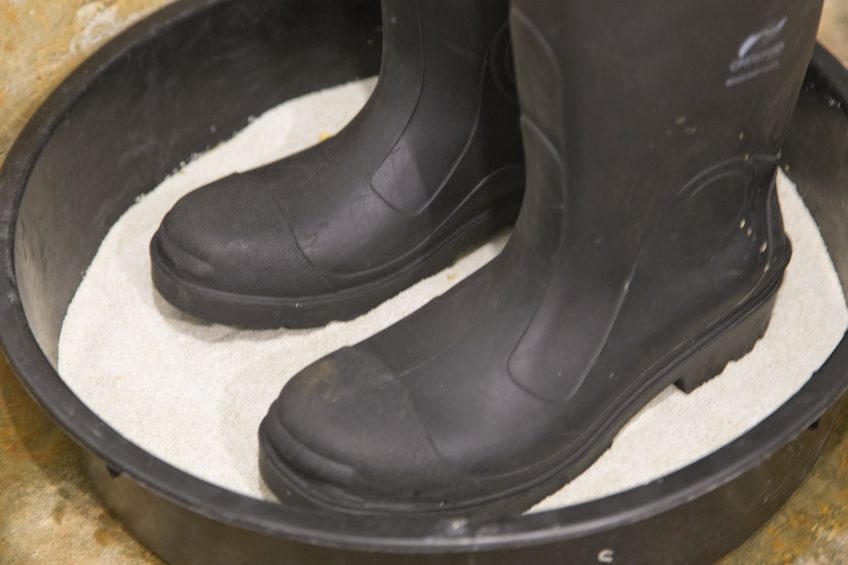
The poultry world has entered a new era driven by increasing consumer and regulatory demands. These demands have created new market opportunities and challenges for producers to remain competitive and sustainable.
During recent years, one challenge has been outbreaks of highly pathogenic avian influenza (HPAI), which have caused great economic losses due to mortality, reduced performance, costs associated with eradication/control procedures, and long-term disruptions in trade.
Avian influenza causing volatility
According to a report from Rabobank (RaboResearch/Poultry Quarterly Q1 2018/December 2017), the outlook for the global poultry industry is promising. However, one of the main concerns is the continuing volatility caused by avian influenza (AI), which is driving changes in business and control strategies.
Growing consumer demand and resulting shortages of poultry meat and eggs will continue to benefit leading operations with high biosecurity standards, as well as bolster the imports from producers in AI-free regions or countries. Furthermore, it emphasises the need for countries to accept World Organization for Animal Health (OIE) principles such as regionalisation, compartmentalisation and science-based surveillance programmes for safe trade in poultry and poultry products.
Development and recognition of primary breeder compartments in particular will help ensure the supply of critical genetic stock for producers around the world. For further information on the concept of compartmentalisation, please refer to– Compartmentalisation – Ensuring Security of Supply.
Biosecurity—a flock health and business investment
Biosecurity is a comprehensive set of policies and practices to prevent the introduction and spread of disease-causing organisms. It serves as the first and main barrier of protection against all disease, and provides the foundation for flock health, animal welfare, optimum performance, and sustainable production (Figure 1).
Figure 1 – Biosecurity provides a foundation for attaining critical goals.

Modern poultry production has evolved into a complex business process, and flock health is the main driver for optimising production and ensuring profitability, competitiveness and sustainability. Biosecurity helps preserve flock health, and producers realise it is not only the right thing to do, but also makes good business sense.
Risk management and biosecurity
Risk management starts by identifying factors that can introduce diseases. An action plan comprised of suitable biosecurity practices will help eliminate the risk, and specific ‘critical control points’ must be measured to monitor effectiveness and progress (Figure 2).
Figure 2 – Management of risk and biosecurity.

Risk assessment helps identify gaps and modify protocols, training, and management. Adjustments should depend on risks posed by outbreaks in neighbouring farms or regions. It is most important that the biosecurity programme addresses isolation (avoiding or limiting contact with other birds), traffic control (considering everything that could introduce diseases besides vehicles), and sanitation (cleaning and disinfecting facilities, material and equipment).
Make a successful biosecurity plan
The National Poultry Improvement Plan (NPIP) of the US Department of Agriculture (USDA) provides a good example of minimum biosecurity principles and audit guidelines (http://www.poultryimprovement.org – Programme Standards, Biosecurity Principles) which have been developed with co-operation between industry, and national and state regulatory agencies. Figure 3 shows the potential risks most commonly covered by best practices in a farm-based biosecurity programme.
Figure 3 – Potential inputs for the introduction of disease agents into a typical poultry farm.

Building a successful biosecurity plan requires commitment and a sense of shared responsibility achieved through training, teamwork, communication and feedback. Biosecurity must be mandatory and make sense. It must guide daily work activities for all levels of the operation, and be regularly reviewed and improved on. For the biosecurity programme to be successful, each operation must build a plan based on well-known principles, adapted to its own unique circumstances, resources, and objectives.
Surveillance and monitoring
Surveillance involves continuous observation to determine the absence or presence of low or highly pathogenic avian influenza (LPAI and HPAI). Official animal health agencies generally use a combination of active and passive surveillance methods, and producers voluntarily or by mandate participate in these efforts. Passive surveillance is typically conducted if birds show increased mortality, respiratory signs, and egg production drops. Passive surveillance involves conducting on-site flock evaluations, identifying signs of disease, reporting to company veterinarians, conducting post-mortem examinations, and submitting samples to a laboratory for diagnosis.
Active surveillance means performing routine and systematic monitoring to verify flock status. Whether or not operations participate in official surveillance programme, it is critical to have a monitoring programme and laboratory resources that can rapidly and accurately detect infections with HPAI, or LPAI viruses with potential to mutate into HPAI (such as serotypes H5 and H7). Moreover, a biosecurity programme must be supported by laboratory monitoring procedures that can routinely and systematically be assessed to ensure a negative disease status, detect recent infections, and generate prompt actions to prevent the spread of disease. Figure 4 provides further detail on current diagnostic methods for AI.
Figure 4 – Current methods to detect and confirm infections caused by AI.

Maintaining a strong biosecurity culture and performing regular surveillance and monitoring are vital to ensure efficient, animal welfare compliant, and sustainable poultry production.
Author: A. Gregorio Rosales, Poultry Health Consultant
Join 31,000+ subscribers
Subscribe to our newsletter to stay updated about all the need-to-know content in the poultry sector, three times a week. Beheer
Beheer
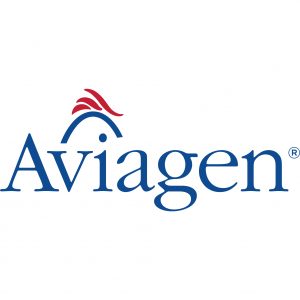
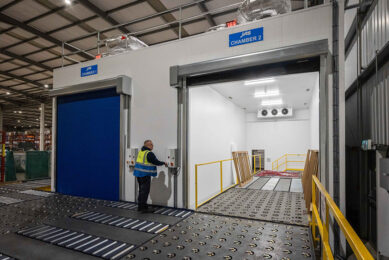

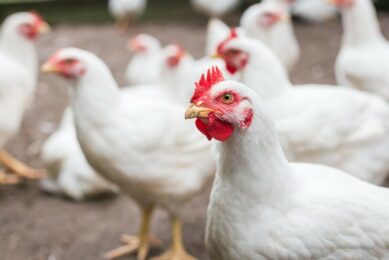
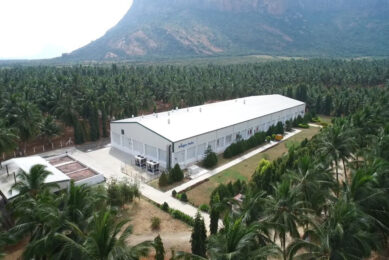
 WP Admin
WP Admin  Bewerk bericht
Bewerk bericht